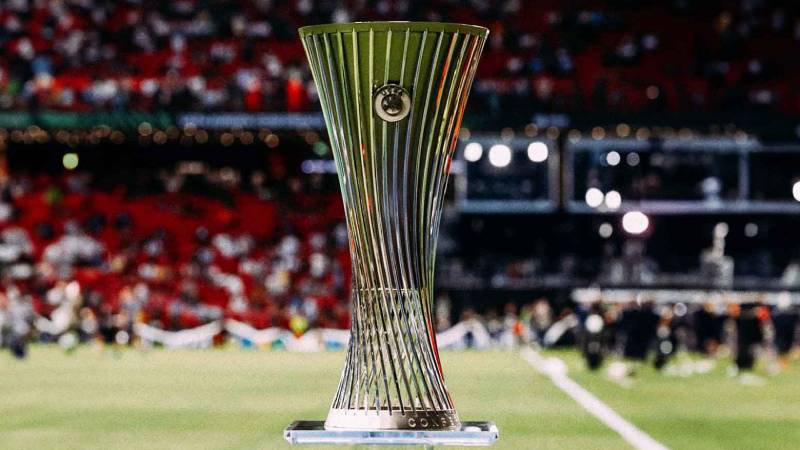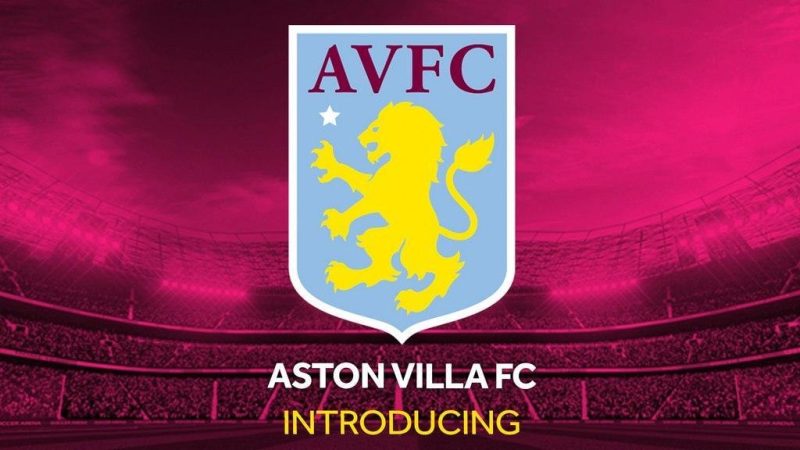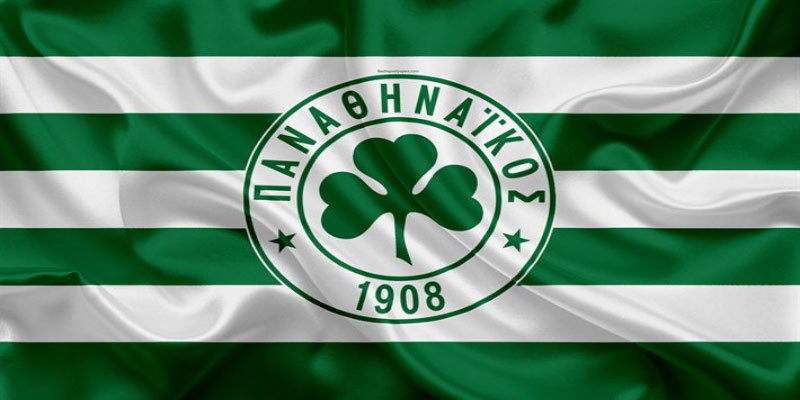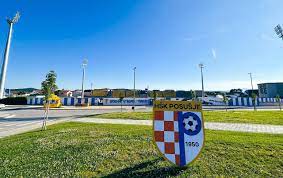
UEFA Conference League
The UEFA Europa Conference League, often simply referred to as the UEFA Conference League, is the third-tier European club football competition organized by UEFA (Union of European Football Associations). Launched in the 2021-2022 season, the tournament was introduced to provide more clubs from across Europe with the opportunity to compete on the continental stage. While the UEFA Champions League and the UEFA Europa League remain the most prestigious European competitions, the Conference League has quickly carved out its own niche, offering a platform for smaller clubs to shine and fostering a sense of inclusivity in European in v9bet football.
Origins and Purpose
The idea for the UEFA Conference League emerged as part of UEFA’s efforts to restructure European club competitions and ensure a more balanced distribution of opportunities. Prior to its introduction, many clubs from smaller nations or lower-ranked leagues struggled to qualify for the Champions League or Europa League, leaving them with limited chances to experience continental football. The Conference League was designed to address this imbalance by creating a third competition that would accommodate a wider range of teams.
The tournament’s format allows clubs from UEFA’s lower-ranked member associations to compete against teams from more established leagues, creating a unique blend of matchups and storylines. By expanding access to European football, the Conference League has not only increased the number of participating clubs but also enhanced the overall competitiveness and diversity of UEFA’s club competitions.
Format and Structure
The UEFA Conference League follows a format similar to its counterparts, the Champions League and Europa League, but with some key differences. The competition begins with qualifying rounds, which include teams from UEFA’s lower-ranked associations as well as clubs that have been eliminated from the Champions League and Europa League qualifying stages. This multi-tiered qualifying process ensures that a broad spectrum of teams has the chance to compete.
Once the group stage begins, 32 teams are divided into eight groups of four. Each team plays home and away matches against the other teams in their group, with the top two teams from each group advancing to the knockout stage. The knockout phase includes a round of 16, quarterfinals, semifinals, and the final, which is held at a neutral venue. The winner of the Conference League earns automatic qualification for the following season’s UEFA Europa League, providing an additional incentive for clubs to perform well.
Impact on European Football
Since its inception, the UEFA Conference League has had a significant impact on European football. For smaller clubs and nations, the tournament represents a rare opportunity to compete on the continental stage and gain valuable experience. Teams that might otherwise never face opponents from top leagues now have the chance to test themselves against a diverse range of opponents, fostering growth and development.
The competition has also created memorable moments and underdog stories. For example, in its inaugural season, AS Roma, managed by legendary Portuguese coach José Mourinho, won the tournament, marking the club’s first major European trophy in decades. Roma’s victory not only highlighted the competitive nature of the Conference League but also demonstrated that even historically significant clubs could find success in the new competition.
Challenges and Criticisms
Despite its positive aspects, the UEFA Conference League has faced some criticisms. One common concern is the potential for fixture congestion, as the addition of another European competition increases the number of matches for participating clubs. This can be particularly challenging for teams with smaller squads and limited resources, potentially affecting their domestic performance.
Another criticism is the perception that the Conference League is less prestigious than the Champions League or Europa League. While this is true to some extent, the tournament’s value lies in its ability to provide opportunities for clubs that might otherwise be excluded from European competition. Over time, as the Conference League establishes its own history and traditions, its prestige is likely to grow.
The Future of the Conference League
The UEFA Conference League is still in its early stages, but its future looks promising. The tournament has already succeeded in its primary goal of expanding access to European football, and its unique format has generated excitement among fans and clubs alike. As more teams participate and more stories unfold, the Conference League is poised to become an integral part of the European football landscape.
One potential area for growth is the competition’s global appeal. While the Champions League remains the most-watched club competition in the world, the Conference League has the potential to attract a dedicated audience, particularly among fans of smaller clubs and nations. By showcasing the diversity and passion of European football, the tournament can carve out its own niche in the global sports market.
Conclusion
The UEFA Europa Conference League represents a bold and innovative step forward for European football. By providing more clubs with the opportunity to compete on the continental stage, the tournament has brought a new level of inclusivity and excitement to the sport. While it may not yet rival the prestige of the Champions League or Europa League, the Conference League has already proven its value as a platform for underdog stories, competitive matches, and unforgettable moments.
As the competition continues to evolve, it has the potential to become a cherished part of European football culture. Whether it’s a historic club seeking redemption or a small team making its first foray into continental competition, the UEFA Conference League offers something for everyone. In doing so, it not only enriches the footballing landscape but also reinforces the idea that the beautiful game is truly for all.



